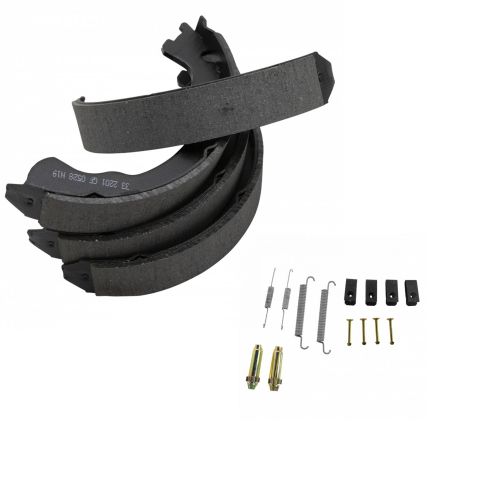1ABDS00296-Ford Lincoln Mercury Rear Parking Brake Shoe Set DIY Solutions BFS03557
Replaces
2007 Mercury Mountaineer Rear Parking Brake Shoe Set DIY Solutions BFS03557
Product Reviews
Loading reviews
4.83/ 5.0
6
6 reviews
1ABDS00296-barke shoe & hardware kit
September 1, 2017
the brake shoe & hardware kit worked great also the other part's I ordered worked the car is up and running.
Ford explorer 2002 fwd
September 3, 2018
Good
Quality rear parking brake shoes and perfect fit thank.
Emergency brake shoes
July 23, 2019
they work perfect
Emergency brakes replacement
June 4, 2022
2004 Ford Explorer XLT the fit was perfect. Did not realized haw bad mine were, the old ones felt apart the second I took the disk off. Luckily this new set will make a huge difference.
Emergency Brake Kit was easy to install on the Ford Explorer
July 28, 2022
This kit was very easy to install, but cannot give my opinion on wear status at this time.
Quality!
June 24, 2024
Fit very well with no issues! Very happy with parts !
Customer Q&A
No questions have been asked about this item.
Mercury is a registered trademark of Ford Motor Company. 1A Auto is not affiliated with or sponsored by Mercury or Ford Motor Company.
See all trademarks.







